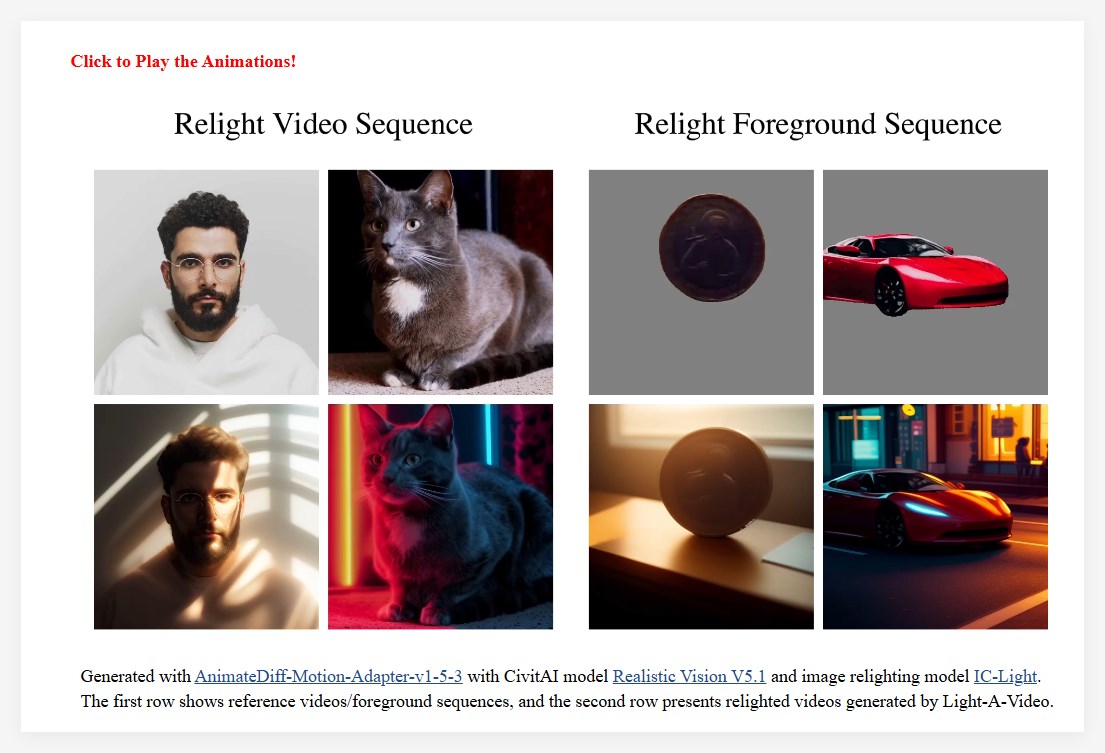The "Reverse Painting" project recently launched by the research team at the University of Washington has garnered extensive attention in both the tech and art communities. This innovative technology not only accurately replicates famous paintings but also showcases the entire painting process, opening new possibilities for artistic creation and learning.
The core of this technology lies in its unique diffusion model reverse painting method. The research team analyzed numerous painting videos of real artists, combined with advanced text and region understanding technologies, to train AI to generate detailed painting "instructions." These instructions are then fed into a diffusion renderer, which gradually constructs a lifelike painting on a blank canvas, mimicking the creative process of human artists.

Specifically, this process includes several key steps:
Data Collection and Learning: The research team collected 294 acrylic landscape painting videos, which were meticulously processed for model training. This allows AI to learn and mimic the painting techniques and styles of real artists.
Element Understanding and Instruction Generation: The model can identify different elements in the scene (such as sky, trees, people, etc.) and generate ordered painting instructions to determine the sequence of painting.
Application of the Diffusion Model: Using the diffusion model, AI gradually adds details to a blank canvas, simulating the creative effect of human artists.
Precise Positioning and Time Control: The model not only generates text instructions but also creates region masks for precise positioning of each element. It also considers time factors, simulating the real painting speed to enhance the authenticity of the process.
Consistency Assurance: During the testing phase, the model starts creating from scratch, relying on previous generation results to ensure the coherence and vividness of the entire painting process.
The project's research team includes two Chinese scholars, Bowei Chen from Northeastern University and Yifan Wang from ShanghaiTech University. These scholars have a deep research background in the intersection of computer vision and graphics, particularly focusing on image and video generation technologies. Notably, their previous "Paints Undo" project in the anime field also attracted widespread attention.
The emergence of this technology has sparked heated discussions on social platforms like Reddit. Supporters believe it can be a powerful tool for learning painting and may even help "crack" some lost painting techniques. However, there are also concerns that it could be misused for forging art works or negatively impact traditional artistic creation.
Despite the controversy, it is undeniable that AI reverse painting technology brings new possibilities to the fields of art creation and education. It can help art enthusiasts gain a deeper understanding of the creative process of master works and may inspire new creative ideas and methods.
However, we must also recognize that technological advancement should serve artistic creation, not replace the unique creativity of human artists. In the future, how to balance technological innovation with the essence of art, and how to use AI to enhance rather than replace human creativity, will be important topics for both the art and tech communities.
Project Link: https://top.aibase.com/tool/inverse-painting










